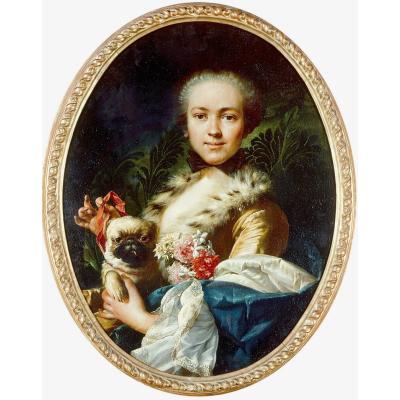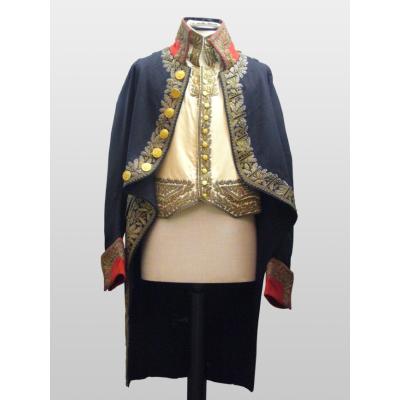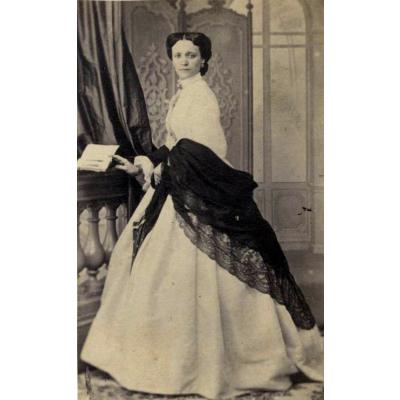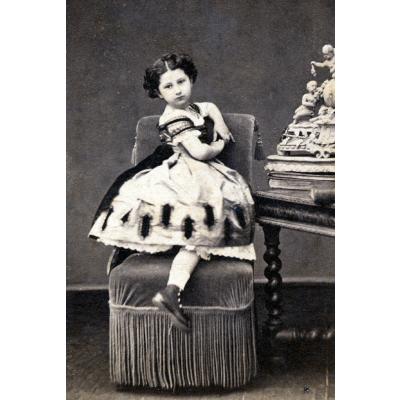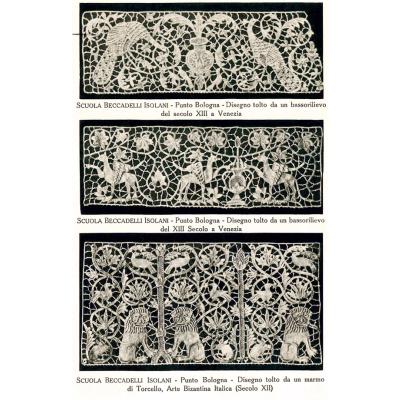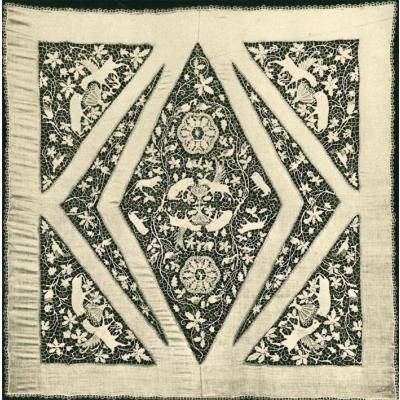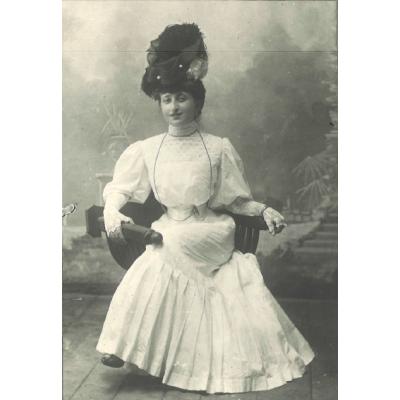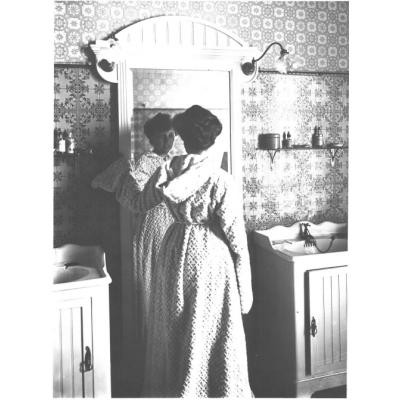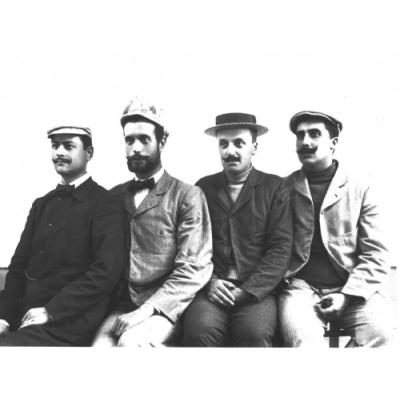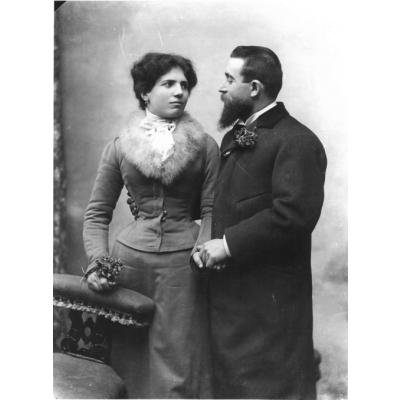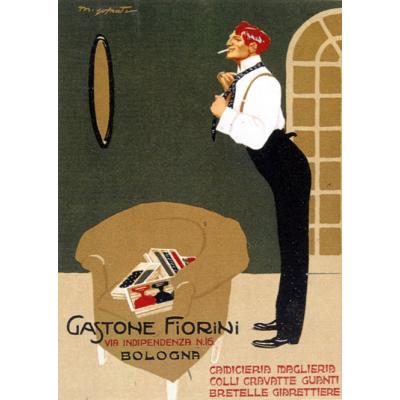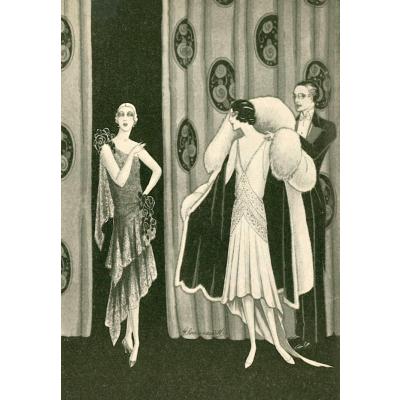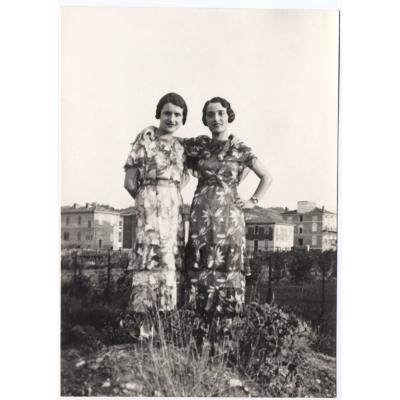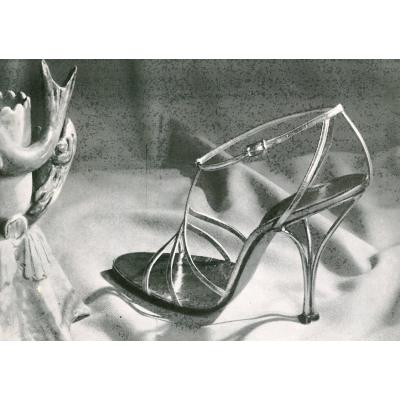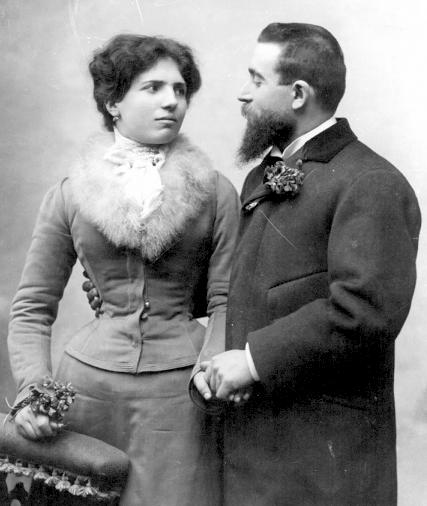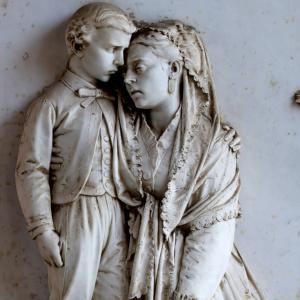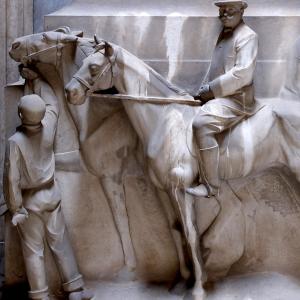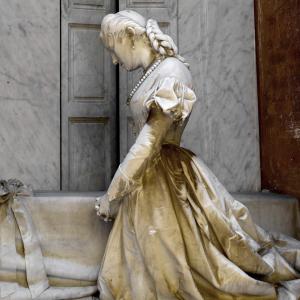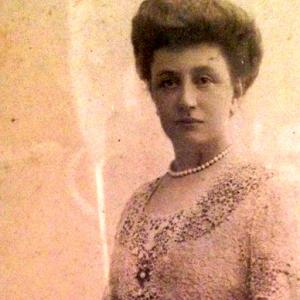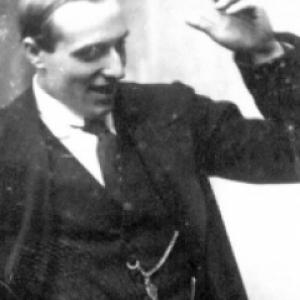Schede
The Industrial Revolution, the French Revolution and the arrival of the Napoleonic troops in Bologna, shook the textile economy and the Bolognese people’s fashion taste. The concept of ‘fashion’ how we intend it nowadays - a progressive succession of seasonal change in style and colors when it comes to clothing and accessories - was born right at the end of the 1700s, spreading from England and France. In these years Bologna witnessed the decline of the silk industry, exactly because the high quality local production came across as too expensive for clothes that didn’t need to pass from mother to daughter anymore, but only last for a couple years, if not months instead. The years of the Restoration after 1815 were destructive for the surviving textile manufactures, like the Manservisi, which survived until the end of the XIX century as a simple store in the city.
However, in 1806 silk production was still the most important sector, with 19 textile establishments (4321 workers) , more establishments for spinning with 1200 workers, and lastly around 1500 people working in canapa, linen and cotton processing. Except for silk, the rest of the industry only produced for the local market and therefore artisans who were working for third parties as semiworkers, found themselves in harder and harder situations. This crisis also coincided with the suppression of the ‘Arts’, making it obvious that they weren’t needed anymore to protect businesses and the artisans that were subscribed to it. They were replaced by the Chamber of Commerce starting from 1812. In 1844, within a population of 71.574 people, 256 were hairstylists, barbers and perfumers ;4.253 were tailors, 3.549 were shoemakers; 614 were hatters. The city had fabrics and garments stores and shops, but nothing big because the majority of the population still tailored their own clothes, buying the necessary materials from haberdasheries. During the course of time fashion, magazines gained influence and became more and more illustrated, allowing both tailorings and privates to remain continuously updated. At the beginning of the 1800s, the most renowned tailor in the city was Pietro Agostini , who in 1803 was next to Pietramellara palace (our Farini Street). It was only in 1859, with Bologna’s entry in the Italian reign that we truly witnessed a proper fashion progress, because of the customs’ abolition between one state and the other , and the construction of railways which allowed merchants and artisans to access goods in less time and at a lower cost, personally going abroad. The economic development reflected then on a population that was all the more invested in the economic cycle, allowing it to afford luxury goods such as perfumes, clothes and accessories as well.
Very useful is ‘Bologna’s illustrated guide - historic artistic industrial’ that in 1892 was published by Successori Monti’s Typography’. Unlike other ordinary guides, here the description is alternated with some of the most interesting store windows . At the end there are separate chapters dedicated to more financeand industry- related aspects. Two separate maps then show monuments and commercial activities. This booklet represents a city in constant movement, but that in the fashion context hasn’t been able to create proper industries yet, even if the first department stores are already there. The guide also signals some proper atelier, closed off offices where customers could request and order exclusive garments. Today like at the time, the most important windows resided in the Archiginnasio and the ‘Guide’ signals two commercial activities in the fashion realm positioned under the ‘Pavaglione’ porch: “Starting with via Farini, the first one is by Successori Baroni, with beautiful windows and mirrors, But, rather than a shop, this place has the right to call itself a big rich store that sells anything that concerns feminine fashion, a kind of art that is the daughter of good taste and the sister of whim. And here’s the reason, from morning to the late evening, there’s always a great deal of high class women going in and out of this store, it’s a stop for aristocratic carriages. Inside we find great assortments, truly great, of fabrics and clothes, made following the most scrupulous English and French fashion, because it’s exactly in foreign and national manufactures that the Successori Baroni buy their pieces. Their enormous and elegant stores are administered by partners with scrupulous and proverbial accuracy and with an order that demonstrates a rare commercial ability, which is required to such a big company”. “We shall also mention the importance of Ditta Luigi Pitani, whose extensive stores are positioned at Archiginnasio palace’s corner. It attracts the foreigner’s gaze with its big windows that reflect this house’s fabric assortment richness. This House was founded in 1868 and it had a second store in Florence. Ditta Pitana, abundantly provided with men clothing, made by capable tailors, also published not less than a hundred thousand catalogs quarterly, distributing them for free. This alone makes us understand its commercial power”. Close to that, “in Galluzzi Court n.4 , we find a beautiful Parisian store owned by the Spadoni spouses, with felt and straw hats manufactures. This store has numerous female customers, which prefer Paris’ accuracy and good taste”. A couple more steps down Via Farini and the ‘Guide’ signals the Scandellari shoemaking “equipped with hand-made shoes, national but also from abroad; it’s very loved by high class customers, because their requests are carried out with maximum elegance and accuracy. The store is also equipped with kids shoes, a unique trait”. At n. 16 of the same street “ turning around the corner that looks at the newly opened square after the demolition of the little houses that used to reside near the Cassa di Risparmio, we can see the important Policardi store, a female fashion aristocratic shop, whose owner does everything he needs to keep up with the latest news of national, English and Parisian fashion. This is a store highly equipped, which sees between its large clientele, not just the most renowned women in Bologna, but also those from other important cities, who were able to find rich assortments of fabrics coming from the best manufactures, and clothes made following the serious art and good taste”.
Again, “At n.12 in Altabella street, we find the important women hats manufacture with Modisteria by Mr. Enrico Zanetti, who recently opened another beautiful store under the Pavaglione, equipped with trine, lace, feathers, and the latest and most elegant ribbons, because Zanetti goes to Paris every season to make big orders”. On the first floor of Casa Canton dè Fiori, at the corner between Rizzoli street and Indipendenza street “we find Mr. Vito Sala’s tailoring. Attracted by his artistic fame, we decided to visit him e and we realized that he only sells foreign fabrics, and because he expects perfection in his work, he deserves his fame because he can satisfy any request. In Manzoni street, at n.4 you could reach the ‘Ditta E. e C. Verati, “it owns a great deal of fur, like lapels, muffs, boa, ecc.., and it specializes in female cloaks and men paletots, which he repairs and custom-makes. In the summer this store still sells fur”. In Ugo Bassi street, under Mattei palace’s Gabella porch we could find “the ancient and great store and tailoring by Mr. Filippo Vignoli, founded in 1858. These stores were equipped with fabrics coming directly from national and foreign producing houses. Moreover, Mr. Vignoli had a rich assortment of pre-made men's clothing, travelling covers, plaies and umbrellas, and it also took requests for clothes to be made in as little time as possible. This is therefore very useful for travelling men and foreigners”. In d'Azeglio street, you could reach the “awarded Luppi shoemaking, which had super elegant windows. Luppi is a conscientious and smart worker which has never taken anything for granted so that this industry in Bologna could be respectable. His fine works conform with the good taste and they are very well appreciated, and so he has one of the most high class clienteles, made up by the first lions and the aristocratic ladies of the city”. It’s not random that in these years we see the development of a lot of typographies dedicated to the making of great advertising affiches; the most renowned was Chappuis, which was able to work nationally. Florence 1951: conventionally, that’s when we say that Italian fashion was born. The fashion shows that took place during these days, attracted important worldwide recognition. In a nation who had just got out from a devastating worldwide conflict, with all those industrial components practically destroyed and in phase of reconstruction, this event gave the impulse that to this day is still at the basis of numerous brands, It’s from that date that started a progressive liberation from French fashion, which up to that pointhad practically had the monopoly on this sector.
Bologna, which for centuries had been the ‘silk city’, hadn’t enjoyed the notoriety of Milan and Turin which were the capitals of the Italian elegance, however, especially in the 30s of the 1900s it had assisted to a great season, which had let to fame more than one fashion house from the city. The national fashion dream started the beginning of the XX century and Bologna was already full of both small artisanal laboratories and manufactures. Infact around 1926, when the first Littoriale fair happened, a lot of fashion shows were organized by local tailors. As previously stated, in the 30s of there was a big impulse that led to the creation of the Ente Moda: then in 1934 the Fashion Patronesses Ladies Bolognese Committee was created, of course formed by the most popular women in Bologna, whose presidency was entrusted to countess Camilla Isolani. In that moment the most renowned laboratories were Buscaroli, Lamma, Liverani,Moretti and Policardi; even before that, the Guizzardi tailoring was important, which despite being destined to disappear, it would have left to the next owners a precious creative heritage. Policardi, for example, benefited from Mafalda from Savoia’s respect, a fixed customer; meanwhile Anna Bolognesi dressed princesses Enrica and Isabella Parma and their honor Lady Marquise Della Rosa. The most popular tailors often organized fashion shows either at their atelier or at luxury hotels and they invited a restricted list of customers with fine custom tickets.
On occasion of Bologna’s fair, which in 1939 were at their XII edition, a lot of fashion shows were organized to present the latest news concerning accessories and style that the local stores would offer. Then, in 1940, the outbreak of the Second World War and the conclusion of an era. However, fashion wasn’t dead, and as we’ve seen, just six years after the conclusion of the war, fashion started back again even stronger than before. Some of the most long lasting names: Gaetano Carloni for men clothing and Valli for fabrics and custom made clothing had a great following and Valli still does to this day. Ever since 1907 they’ve been a mandatory destination for scrupulously tailored garments lovers. Right after the war, the Palace of the Podestà hosted the annual ‘Shoe Fashion’ event, a symptom that Bologna was harvesting proper manufactures of this field. These are the years in which companies like Furla and Gelosi Diva are born, companies which in time will be able to impose themselves locally.
(Traduzione a cura di Maty Ba - nell'ambito del progetto di Alternanza scuola-lavoro 2020/21 con il Liceo Linguistico Boldrini di Bologna).

